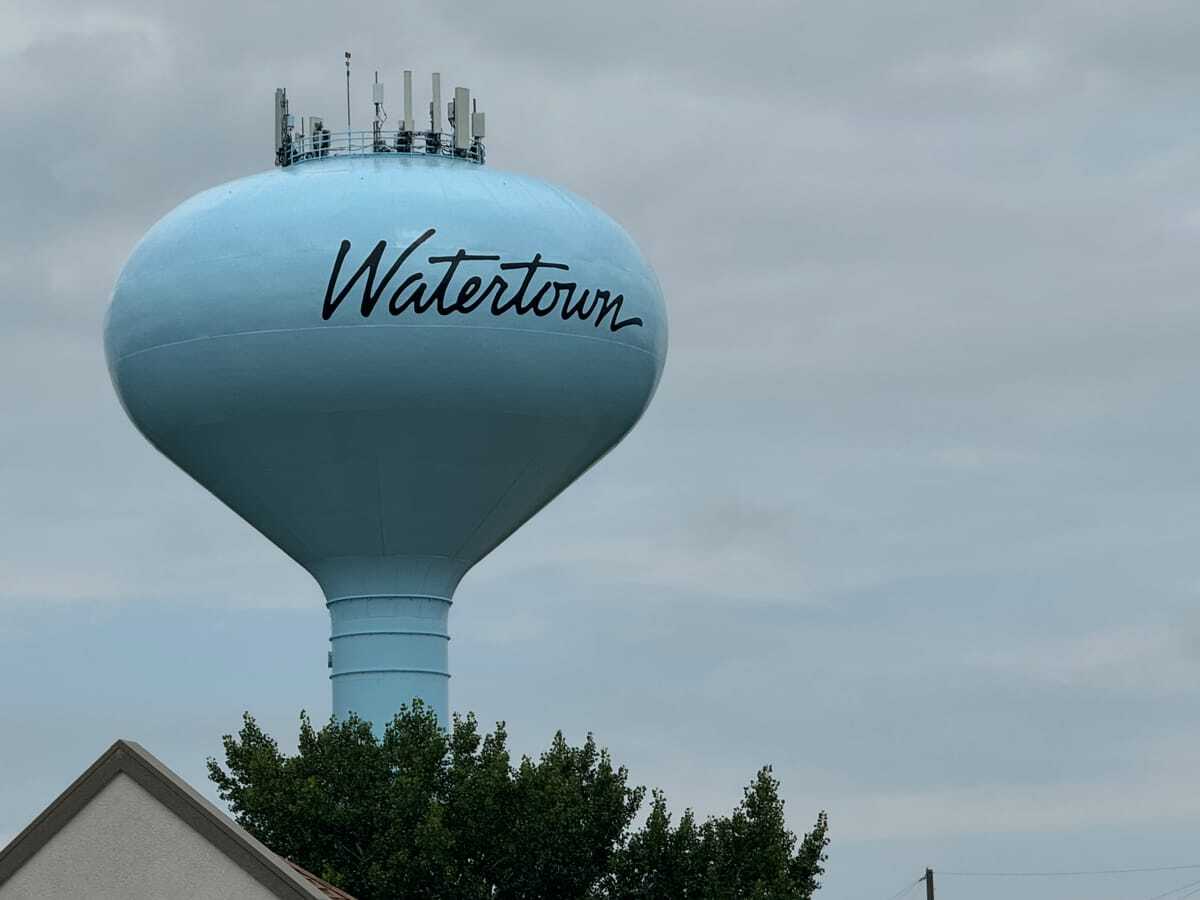
Bart Pfankuch, South Dakota News Watch
WATERTOWN, S.D. – Any visitor to this northeastern South Dakota city will be immediately taken by its beauty and small-town charms.
The stately Redlin Art Center welcomes those entering from the east, the scenic shores of Lake Kampeska and Pelican Lake await those arriving from the north or the east, and a vibrant downtown mixed with new and historic buildings forms the anchor of it all.
The growing city of about 23,000 also has a strong education sector led by Lake Area Technical Institute and a Mount Marty University satellite campus, as well as a thriving industrial and agricultural employment base driven by Terex Services and Dakota Bodies truck part manufacturers and the Glacial Lakes Energy ethanol plant.
But like any mid-sized municipality, challenges exist beneath the peaceful veneer and the generally friendly attitude of locals.
Watertown faces some of the same systemic issues that hamper growth in most South Dakota cities in the early 2020s: a lack of affordable housing, a shortage of day care slots for children of working parents and not enough people to fill open jobs.
While not readily apparent, for example, Watertown has a significant number of people who lack stable housing. In 2023, a new nonprofit group opened an emergency housing facility called 612 Flats, which included eight apartments. A year later, there is a waiting list of 40 individuals or families waiting to get housing in the building.
“People don’t think we have homeless people here because they don’t see them sitting on the street. But they are living in cars, they are couch hopping, or they are one argument or crisis away from being homeless,” said Sara Foust, Codington County Community Services director. “We have people that come in our office weekly, if not daily, seeking help. So they’re here, but you just don’t see them.”
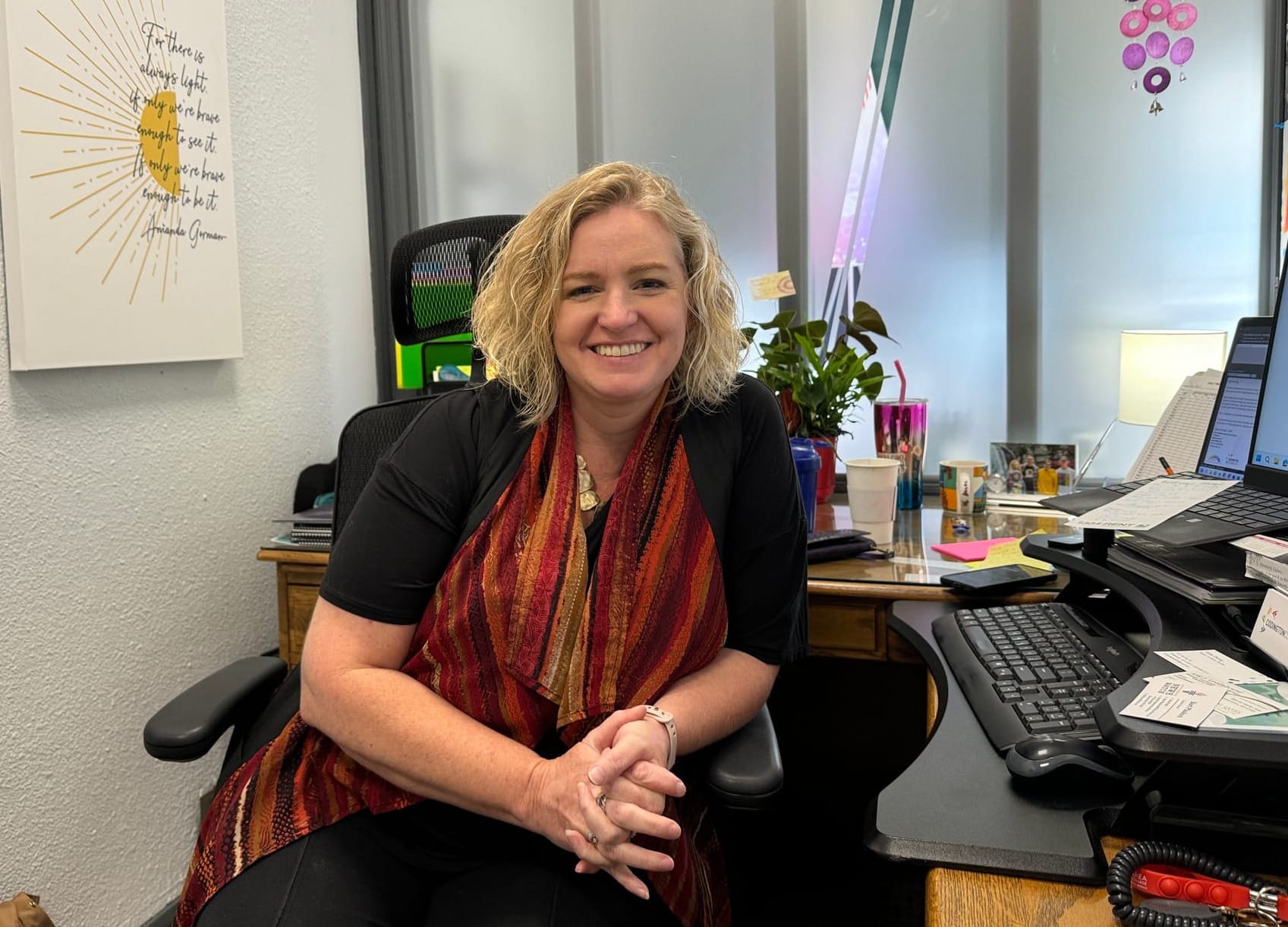
The city recently faced a possible tipping point in its ongoing day care crisis, as a large child care center, Little Blessings Daycare, hit a snag in its attempt to relocate.
Recently, the city and council came up with funding to aid in the planned relocation, and the day care is no longer under threat of closure. However, the potential of losing that facility and its 150 child care slots shows the fragility of the local day care market, Foust said, and would have hurt a community still in need of about 500 additional child care slots to support working parents or to attract new families to town.
Meanwhile, “Help Wanted” and “Now Hiring” signs can be found throughout the city, as employers in several industries compete to find skilled workers to support their continued growth and expansion.
Creating a forward vision in 2012
Like many other South Dakota cities with a strong spirit of cooperation and innovation, Watertown leaders in government, business, education, social services and the population at large have a proven track record of banding together to solve big community problems.
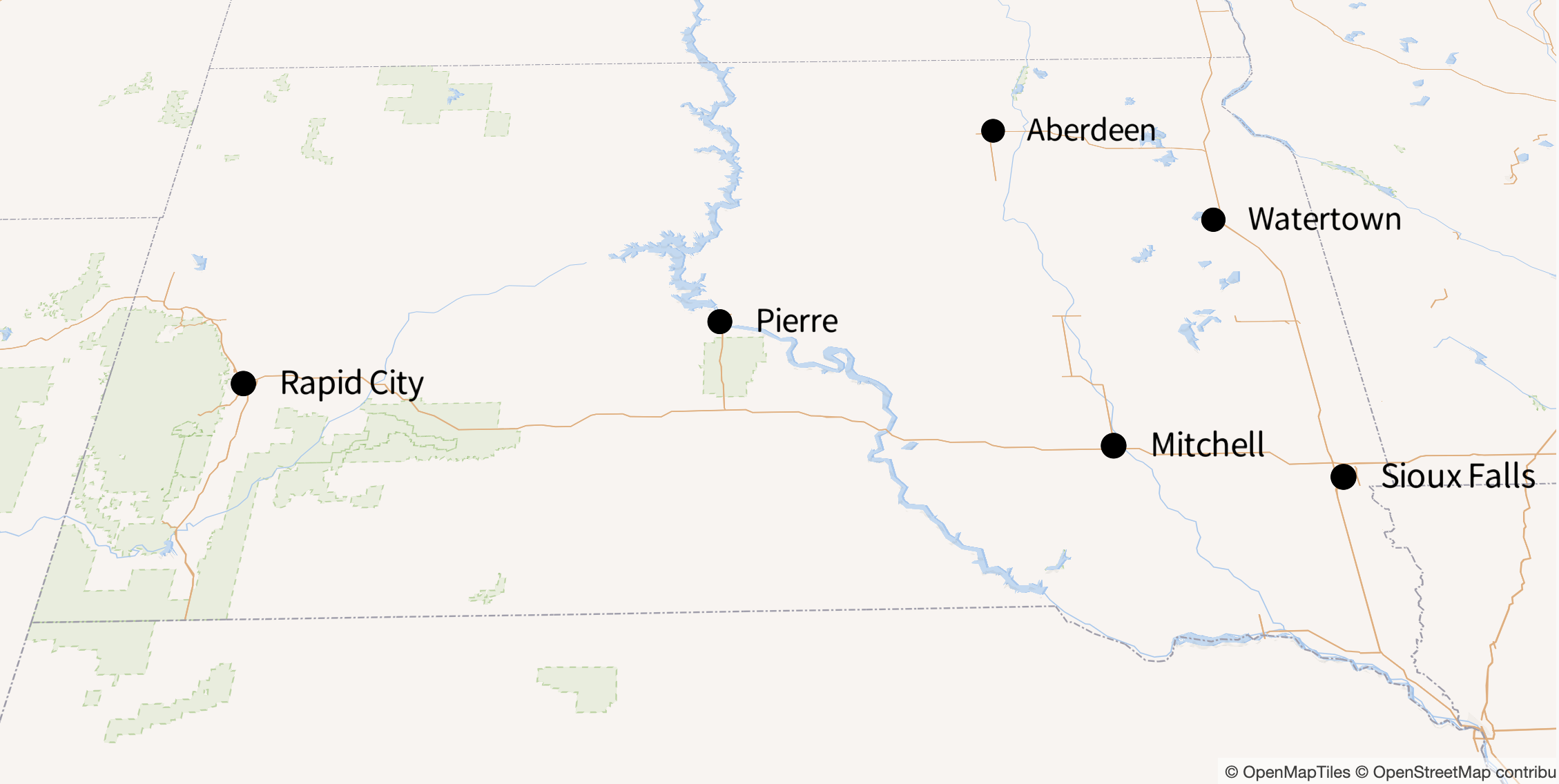
In 2012, with strong input from the public, the city launched a “visioning” effort called H2O-20, which used resident input collected via a community survey to guide growth until the year 2020. City leaders were tickled when 2,200 completed surveys were returned.
Mark Roby, then publisher of the Watertown Public Opinion newspaper, was one of the early architects of the first community planning efforts.
“It came about because we kind of were in a malaise as a community,” Roby, now retired, told News Watch in an interview. “The goal wasn’t to irritate anybody. The goal was real simple: We thought Watertown needed a strategic plan to move forward because the strategic planning wasn’t there, and the data necessary to make good decisions wasn’t there.”
A group of local business and community leaders who met frequently over coffee was able to raise about $100,000 to hire a consultant, which then launched what became the H2O-20 planning process, Roby said. Obtaining survey responses from roughly 2,200 residents was a key part of the process and set the table for success, he said.
“We weren’t out with a personal agenda. We were out truly with the hearts and minds of 2,200 citizens, and that’s the point of this whole thing,” Roby said. “The established organizations in town, local government, the Chamber, you name it, they couldn’t fight 2,200 responses from the citizens.”
Roby still marvels at how the planning process was a successful model of local democracy, ultimately dependent on the involvement of the residents of Watertown and not necessarily by elected or appointed officials.
“Eventually, they embraced it, and it became the playbook for the city,” he said. “It guided their capital improvement program and everything else for the next dozen years, and it really gave them a roadmap.”
Despite some internal dissent, which was not unexpected, and a bit of wrangling over how to proceed, the process eventually yielded tangible results that will benefit the community for generations to come.
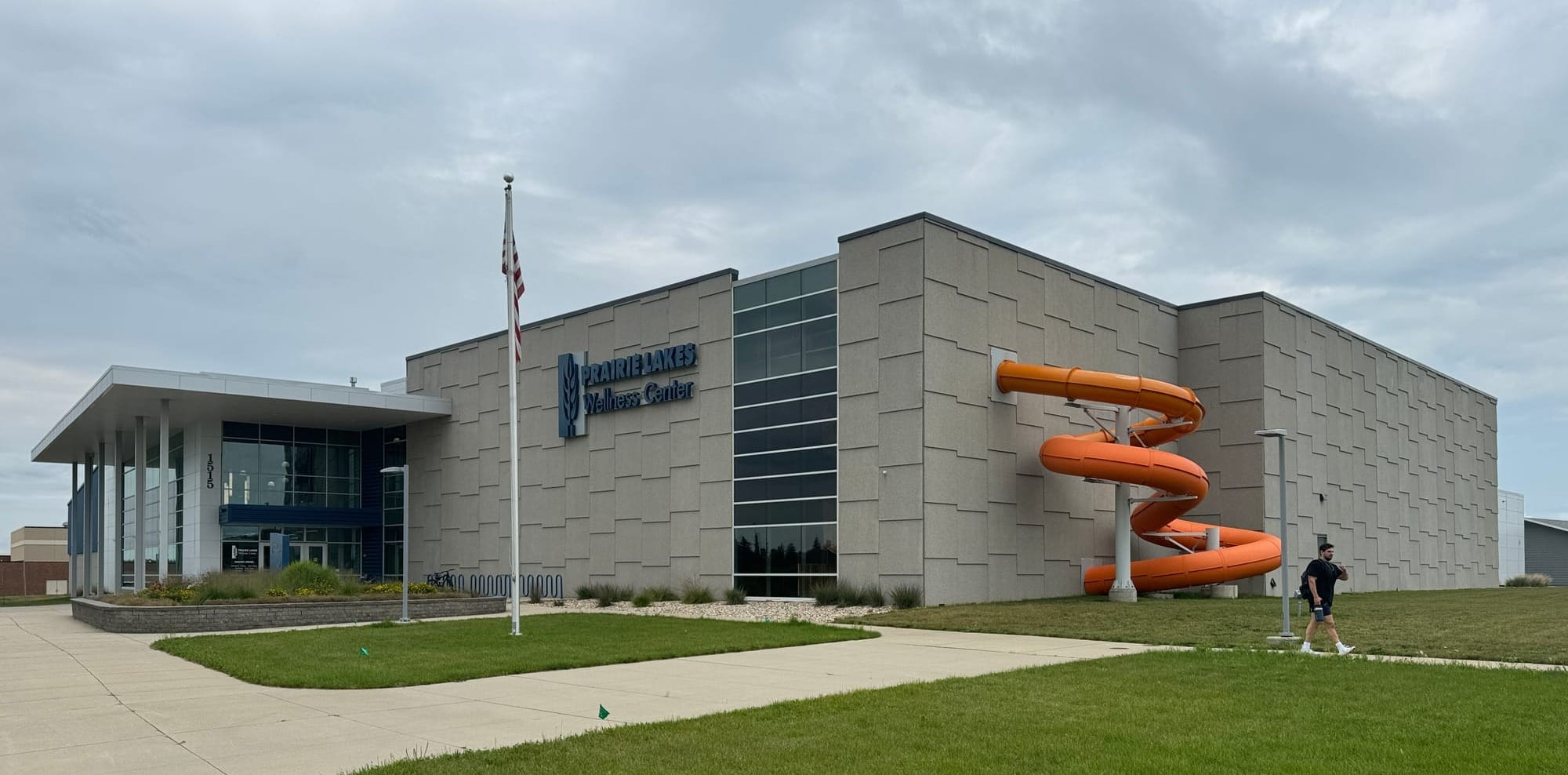
Those efforts included construction of the $21 million Prairie Lakes Wellness Center in 2017, the $5 million restoration of the 130-year-old Goss Opera House in 2023 and the building of the $36.5 million Prairie Lakes Ice Arena that opened this year.
“There were all these big community initiatives that got accomplished and came out of this plan,” said Cammie Mengwasser, executive director of the Watertown Area Community Foundation. “It was really grassroots, driven by the community at large and not by the city of Watertown or the city council or any one group because it really was a collective community effort.”
A new, 25-year planning effort underway
With those successes in hand, discussions began to launch a new long-range planning effort to guide growth and find solutions for issues that face Watertown today and likely in the future.
In January, the city launched a new community visioning process dubbed H2O-50 (Watertown 2050) to again use community input to drive efforts to keep the city on a path of progress.
After enlisting the aid of Broad Ripple Strategies and Atlas Community Studios, Watertown is in the process of a 4-stage, seven-month process of building a new vision for its future.
According to the consultants, the “community visioning” stage of the process included interviews with nearly two dozen community leaders, seven focus groups with up to 110 attendees, a pair of community discussion sessions and nearly 3,100 responses to a community survey.
In stage 2, the “competitive assessment” segment of the ongoing study, which examines Watertown’s economy and lifestyle and compares it to similar-sized cities, the consultants delivered a few key findings:
- The next vision plan should focus less on big building projects and more on “holistic” programs and solutions to community problems.
- Watertown is a safe, friendly, affordable place to raise a family but lacks amenities that can attract young professionals and other new residents.
- Big-picture challenges exist due to a lack of child care, labor force and housing opportunities.
Challenges to attracting new, young residents
Meanwhile, the H2O-50 online community survey brought forward some clear indicators of how residents feel about Watertown and where it could improve.
More than three-quarters of respondents said they would recommend Watertown as a place to live for family or friends, with 18% extremely likely to recommend it. Respondents gave high marks to the community’s spirituality and wellness, safety and security and environmental qualities.
But the survey also revealed some big needs in Watertown, including that young professionals believe the city does not do enough or possess the right amenities to attract more young people.
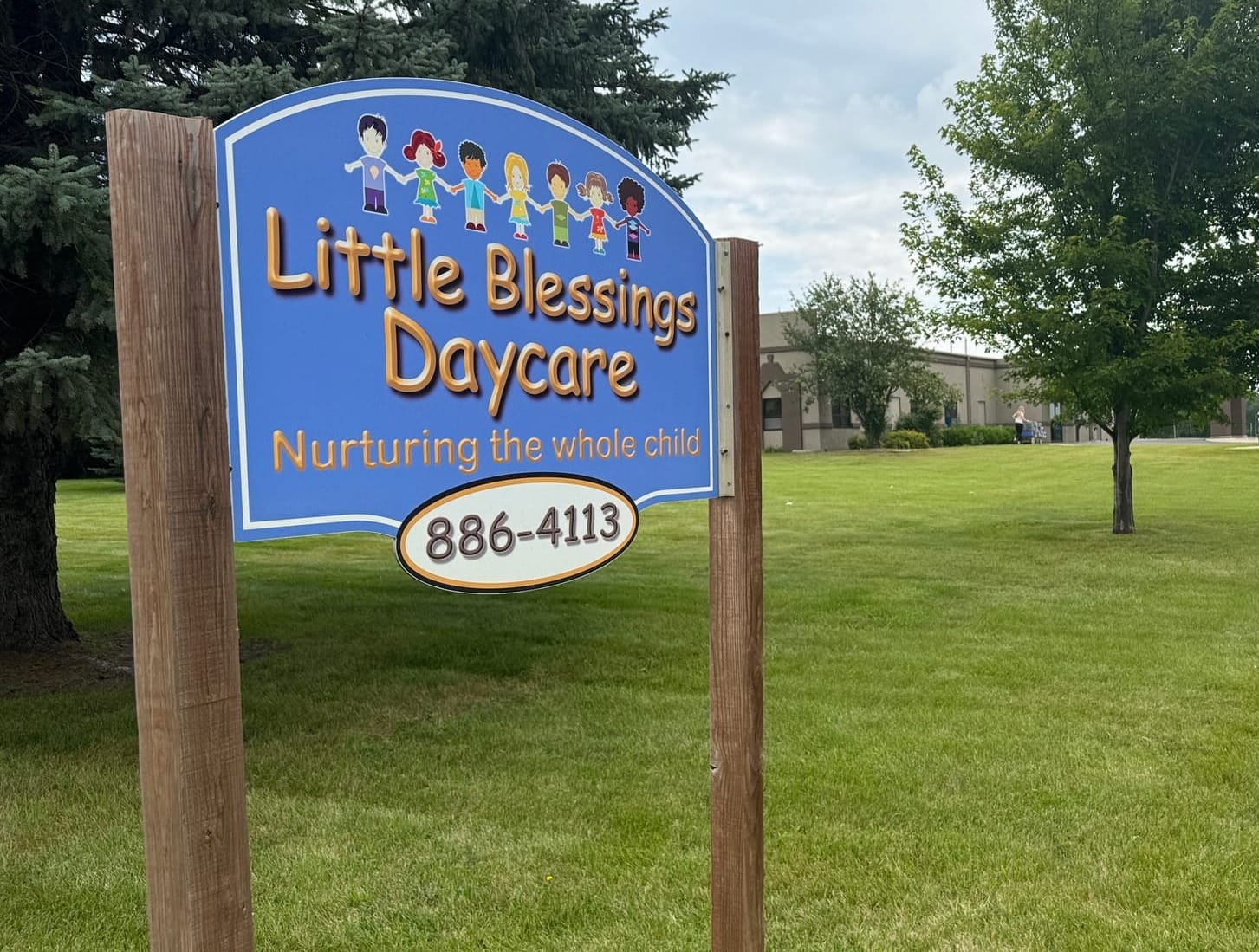
More than 60% of respondents said the city was weak or very weak in terms of housing affordability and almost 30% said the city was weak or very weak in housing availability.
About a third of respondents said the city was weak or very weak in regard to access to arts and cultural events, while roughly half said the city was weak or very weak in terms of unique shopping options and opportunities for entertainment and nightlife. Availability of dining options was also noted as a community need.
Mengwasser said the new planning group has initially identified three big challenges to address – housing, child care and workforce – but she expects the process will identify three or more other topics of focus moving forward.
Mengwasser said the next steps in the planning process will include a rollout of the consultant findings at a large community meeting in January (a similar event to introduce the H2O-20 report drew about 700 people). “And that’s when the work will really start,” she said.
From there, resident committees will form to explore and examine issues revealed in the report, and local groups will then take their suggestions and do the ground-level work to get things done, she said.
“They’ll take the ideas, start researching them and then try to find funding to move toward what can ultimately come out of this,” she said.
Building a framework for stronger democracy
The planning efforts in Watertown are an excellent example of fostering the democratic process in a community and paving the way for resident engagement in civic affairs, said Julia Hellwege, a professor of political science at the University of South Dakota and director of the Chiesman Center for Democracy at USD.
Cheisman and South Dakota News Watch have embarked on a joint effort, known as “Engage South Dakota,” in which the two organizations plan to use journalism and civic engagement as a way to identify and share solutions to problems in cities and towns across the state.
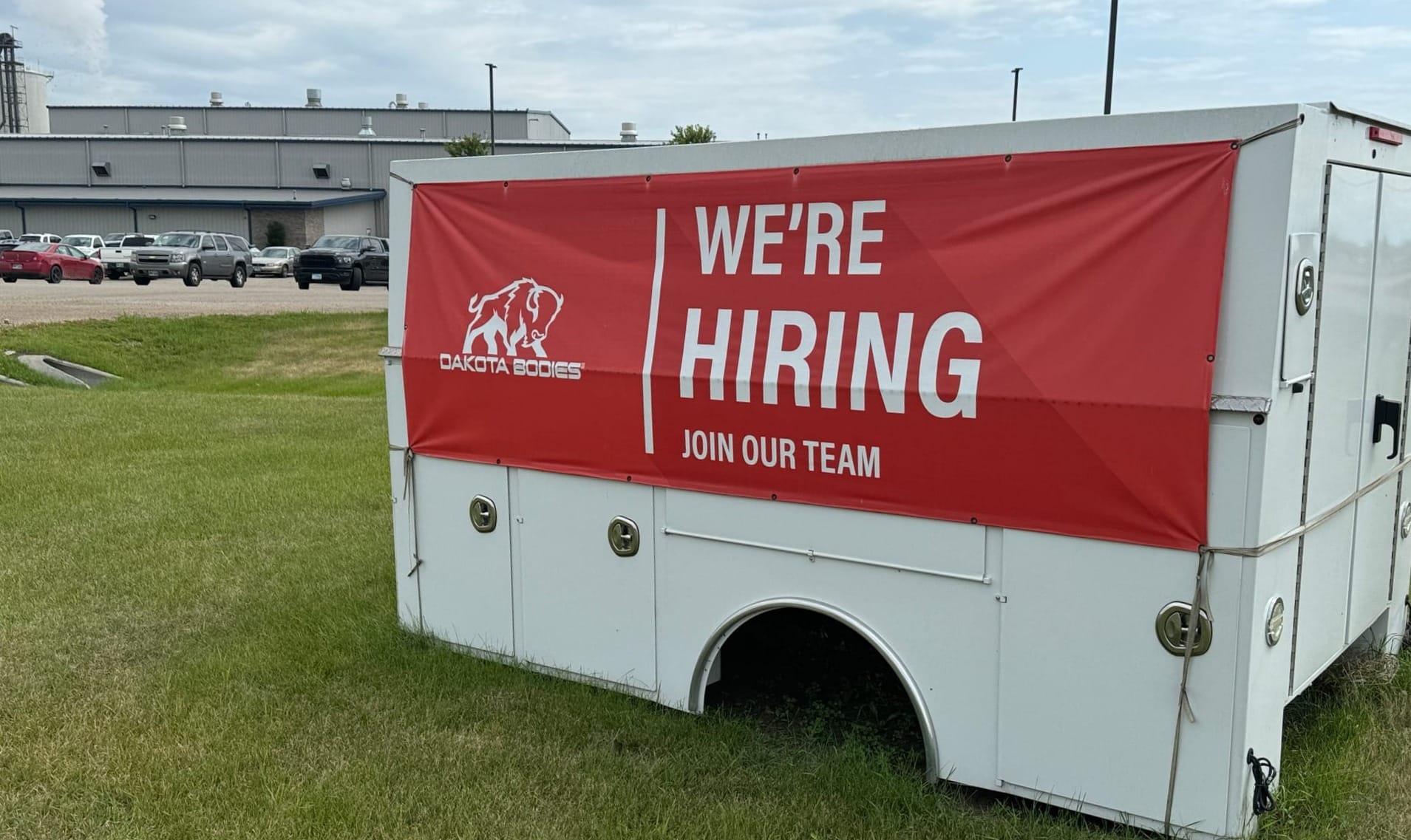
With its successful planning efforts, the city of Watertown – and some others – have set an example for how other communities in the state can tap public input and combine strong municipal leadership to create a replicable method of overcoming challenges and finding solutions to problems while holding those in power to account, Hellwege said.
“It really is about democratic accountability,” she told News Watch. “It’s a way for a community to state more clearly what its needs and preferences are.”
Once those goals are made clear to all, it is then incumbent on municipal leaders to carry out those assignments in order to accomplish what residents seek in their community, Hellwege said. They can then monitor progress and hold leaders accountable if they do not accomplish stated goals, she said.
The success of such a system relies largely on a willingness of leaders to ask for input and maintain an ongoing dialogue with the constituents they serve, she said.
“Community conversations are really important for democracy and making sure our voices are heard, knowing that we matter to the democratic system, and that we are holding leaders accountable,” Hellwege said.
In the coming month, Cheisman will run a community survey in Hot Springs, gather and analyze the data collected and then sponsor a community meeting where goals can be set, Hellwege said. News Watch will share the process and outcomes with its statewide audience.
The goal is to expand the effort elsewhere.
“Watertown might have the resources to do this on their own and that’s great, but whenever Chiesman and News Watch can, we’re hoping to do this with other communities,” she said.
As Watertown showed with its H2O-20 efforts, communities can accomplish far more when united than they can when individuals and institutions work alone in silos, said Foust, the Codington County social services director.
“We are far more powerful as a community,” she said. “So, how can we come together as a community and address these issues rather than saying, ‘Oh, that’s a social service issue and that’s a business issue?'” Foust said. “Because ultimately, we need to work together to make things happen and to really be successful.”
